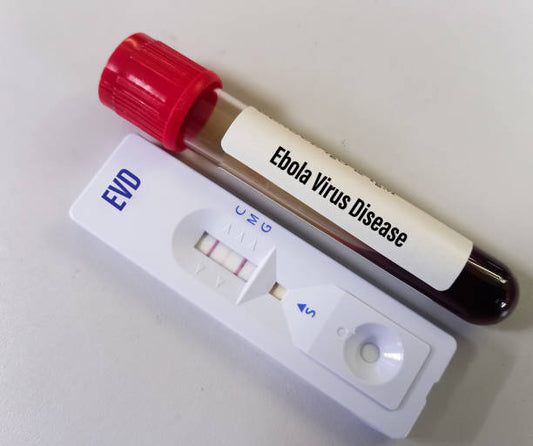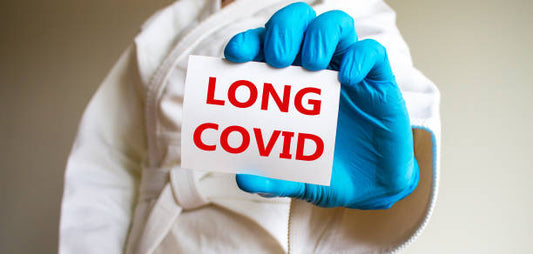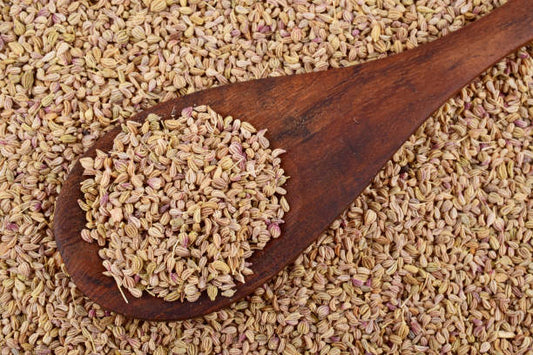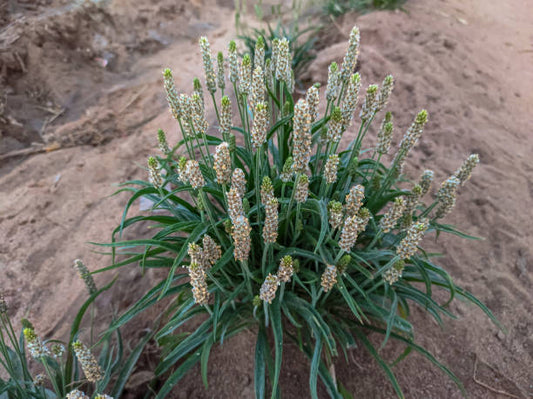Ensuring Pediatric Medication Safety: Essential Guidelines for Administering to Children.
Administering medications to children requires meticulous care and adherence to specific guidelines to ensure their safety and well-being. Let's explore crucial guidelines for the safe and effective administration of pediatric medications:
1. Consultation with Healthcare Providers.

-
Pediatrician Guidance: Always consult a pediatrician or healthcare provider before administering any medication to a child.
- Dosage Clarification: Obtain clear instructions regarding the correct dosage, frequency, and duration of the medication.
2. Accurate Dosage Calculation
- Precision is Key: Measure liquid medications with calibrated devices such as oral syringes or dosing cups, ensuring accuracy.
- Avoid Guesswork: Use the provided measuring device rather than household spoons to prevent dosing errors.
3. Age and Weight Considerations
- Age-Appropriate Dosage: Ensure the medication dosage is suitable for the child's age.
- Weight-Based Dosage: In some cases, dosages might be prescribed based on the child's weight to ensure safety and effectiveness.
4. Use of Child-Friendly Medications
- Flavor and Formulation: Opt for liquid formulations or flavored medications when available and appropriate for children.
- Avoid Adult Formulations: Refrain from giving medications intended for adults unless specifically instructed by a healthcare provider.
5. Administering Techniques
- Proper Administration: Administer the medication precisely as instructed by the healthcare provider or as indicated on the label.
- Encourage Compliance: Encourage the child to take the medication by explaining its importance in a child-friendly manner.
6. Safety and Storage
- Secure Storage: Store medications out of children's reach in a secure and well-labeled cabinet.
- Check Expiry Dates: Regularly check and discard expired medications to ensure safety and efficacy.
7. Monitoring and Awareness
- Observation for Side Effects: Monitor the child for any adverse reactions or side effects after administering the medication.
- Seek Professional Advice: Contact a healthcare provider immediately if there are concerns about the medication's effects or if unexpected reactions occur.
Conclusion: Prioritizing Child Safety in Medication Administration
Adhering to these guidelines promotes the safe and effective administration of medications to children. Consulting healthcare providers, precise dosage calculations, using child-friendly formulations, and vigilant monitoring play pivotal roles in ensuring pediatric medication safety. By following these guidelines, caregivers and parents can significantly contribute to safeguarding children's health and well-being during medication administration.












